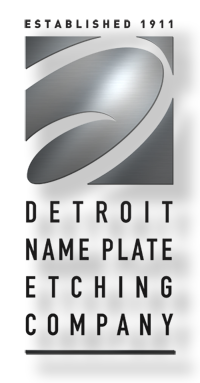No matter what you want to manufacture, there’s a process out there that can do it. And if your business is new or you’re looking for better ways to manufacture your products, that can cause a bit of a problem: not only is there a way, there are multiple ways. While almost any product can be manufactured with almost any process, getting the precise details and functionality you need while sticking to your budget and timeline is a matter of selecting which process fits your product.
When is electroforming the best process?
- Is the finished design thin with fine details? Whether you’re designing your logo or a thin metal layout for electronics, the details matter. Electroforming can create layers of details micrometers thin, so it’s the perfect choice for components made up of multiple, thin layers or details on the microscopic level. This process works even for three-dimensional shapes of high-complexity because they are formed in a bath, so there are no limits on how complicated your design can be.
- Is the product vulnerable to abrasion or physical damage? A lot of metal forming processes involve grinding, stamping, and cutting. Even the finishing might require sanding, so if your business makes products that aren’t built for physical impact, consider electroforming. This process pulls metal ions from a block of base material and electrochemically pulls the ions into place as your finished component without physical stress or impact.
Finding the right procedure for detailed work can be tricky because the wrong process leads to a less effective end product. Go to Detroit Name Plate Etching to see if electroforming is right for your business.
